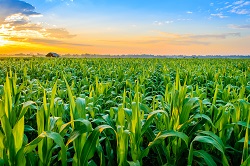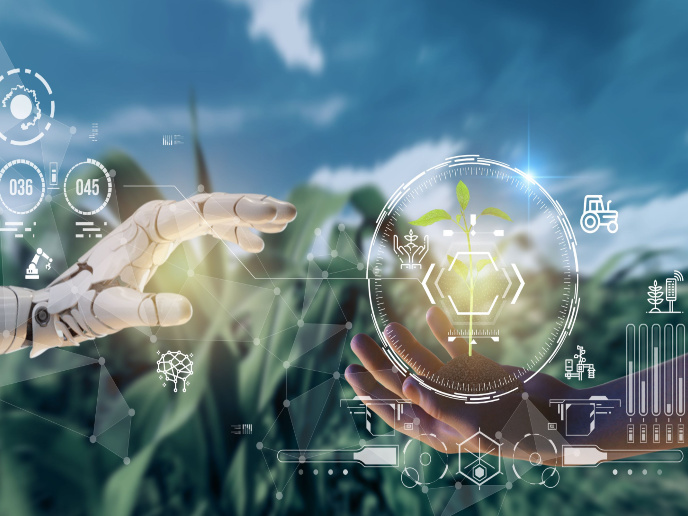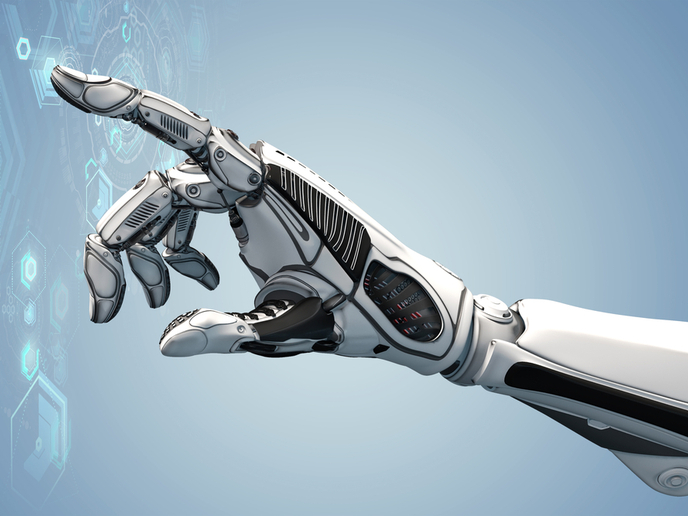A Robotic revolution is coming in precision farming
The EU-funded ECHORD++ project is pioneering demand-driven technological innovation by encouraging novel robotic solutions to pressing social and environmental issues. This is being achieved through funding a number of application-oriented research projects called ‘experiments’, of which some are focused on the topic of precision agriculture. Two of these sub-projects underline the potential of robotics in achieving food production fit for the 21st century. Selective robotic harvesting The first of these sub-projects, GAROTICS, has developed a robotic system for selective green asparagus harvesting. Asparagus must be selectively picked when the crop reaches the desired height, a process that favours manual harvesting in order to leave younger, smaller stalks undamaged. This is a challenging and labour-intensive process, which means that agricultural operators are vulnerable to labour supply shortages and high processing costs. In order to address this, GAROTICS built a robotic harvesting machine with a camera viewing the asparagus dam and two harvesting tools. Each of these tools has two blades at the bottom, which are positioned to work like scissors. The objective was to increase the robot’s vision capability to reliably and robustly identify asparagus stalks that are ready for harvesting, and to increase the harvesting productivity by vision-driven multi-tools harvesting mechanism. ‘Performed field tests demonstrated reliable robotic selective harvesting,’ says GAROTICS team member Dr Holger Raffel from the University of Bremen, Germany. ‘We found that several harvesting tools could be mounted on the machine, which can then work in different environmental conditions, which is important bearing in mind short seasonal harvesting time.’ The project was able to show that with automated harvesting speed up of cost effective, accurate asparagus harvesting is possible. Cooperative farming robots A second precision farming pilot, called MARS, has developed small stream-lined mobile agricultural robot units designed to work together to achieve production efficiencies. Three key objectives were identified: optimising precision farming in order to reduce the input of seeds, fertilizer and pesticides; reducing the environmental impact and energy consumption of heavy machinery; and using automation to anticipate challenges arising from climate change and possible skill shortages. Another key objective of the MARS project was to simplify current robot prototypes used in precision agriculture. This was achieved by minimising the use of on-board sensors. ‘We made control algorithms and process optimisation tools available on the cloud and used precise GPS-based technology,’ explains MARS project partner Prof Christian Schlegel from Hochschule Ulm, Germany. ‘All these measures are intended to lead to a significant cost reduction of the overall system paving the way towards robots as a true alternative in the agricultural domain.’ The robots cooperate as a group, and a key advantage of this technology is the radical reduction of weight and size compared to conventional farming equipment. Using robots to carry out agricultural tasks also increases safety. ‘We predict that the future of farming will look differently than just big machinery, as a fleet of robots can be much better handled and scaled,’ adds Schlegel. The MARS experiment focused on the seeding process for corn, which was performed by two robots. The project was able to show that a fleet of robots was capable of preforming such a task and able to match all relevant key performance indicators. ‘I think it is important to note that this is not just a robotics solution, but one that is fully integrated into the workflow of a farmer and the needs of farming,’ concludes Schlegel.
Keywords
Agriculture, precision farming, robotics, robots, automation, sensors, machinery, MARS, GAROTICS, echord, ECHORDPLUSPLUS







